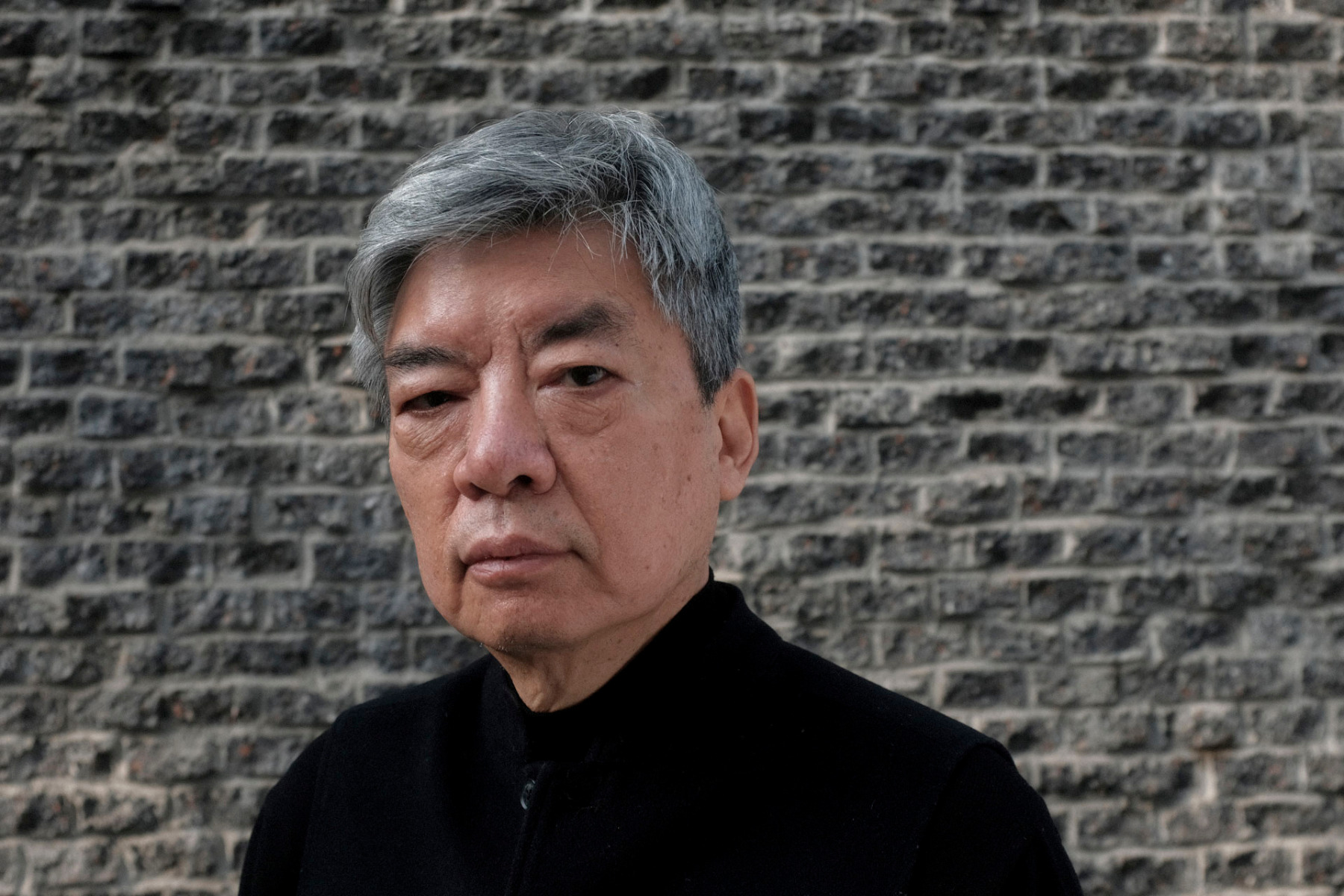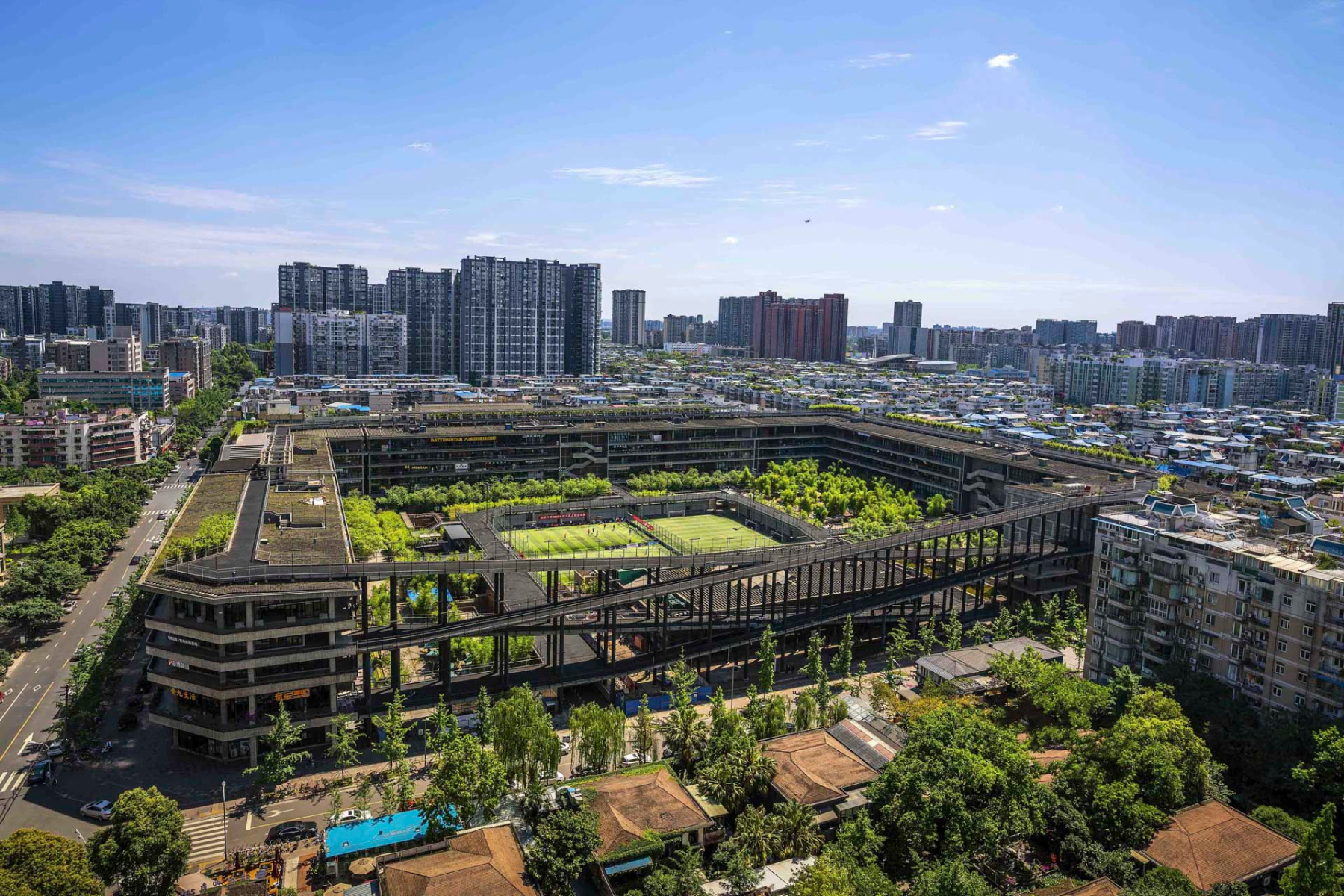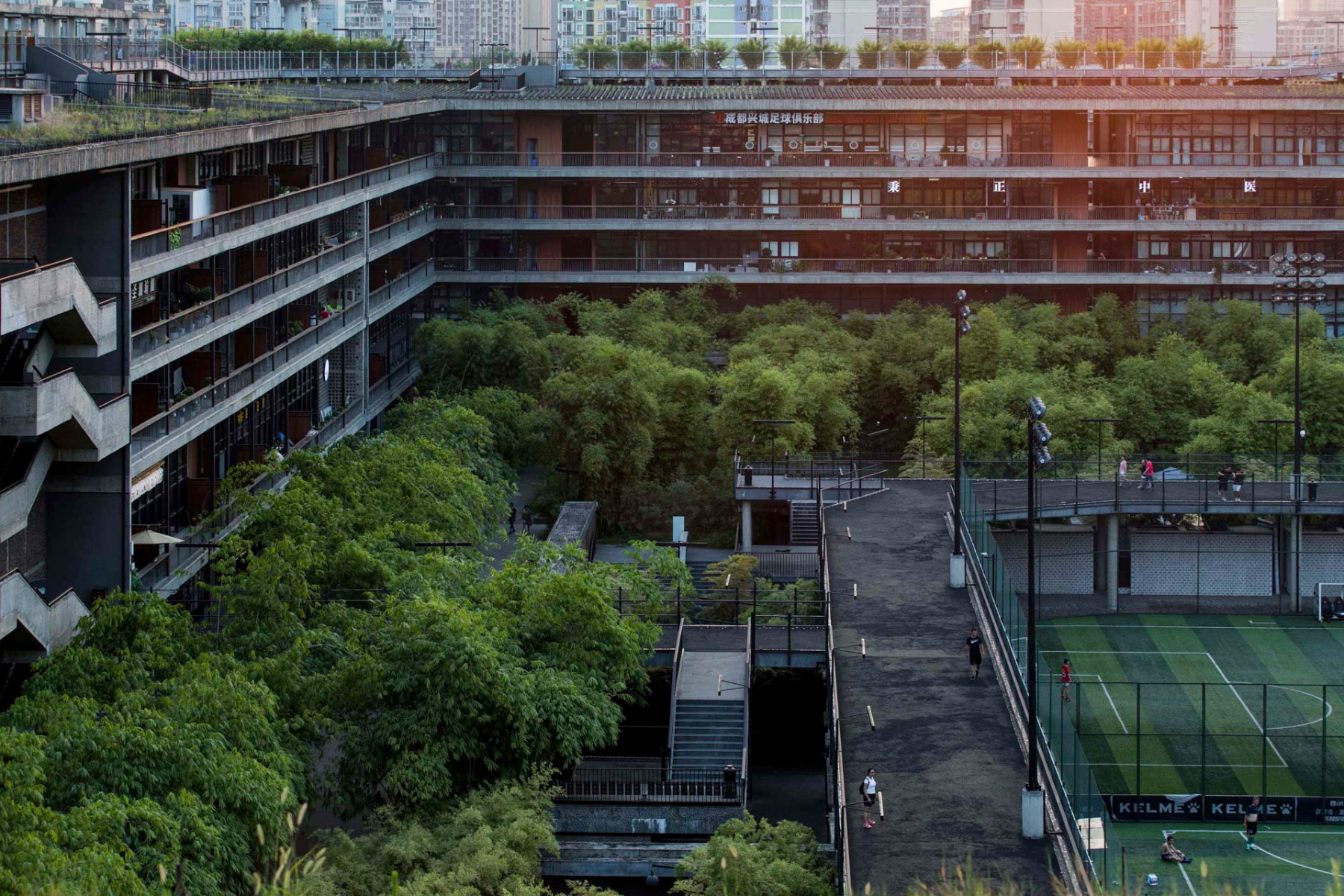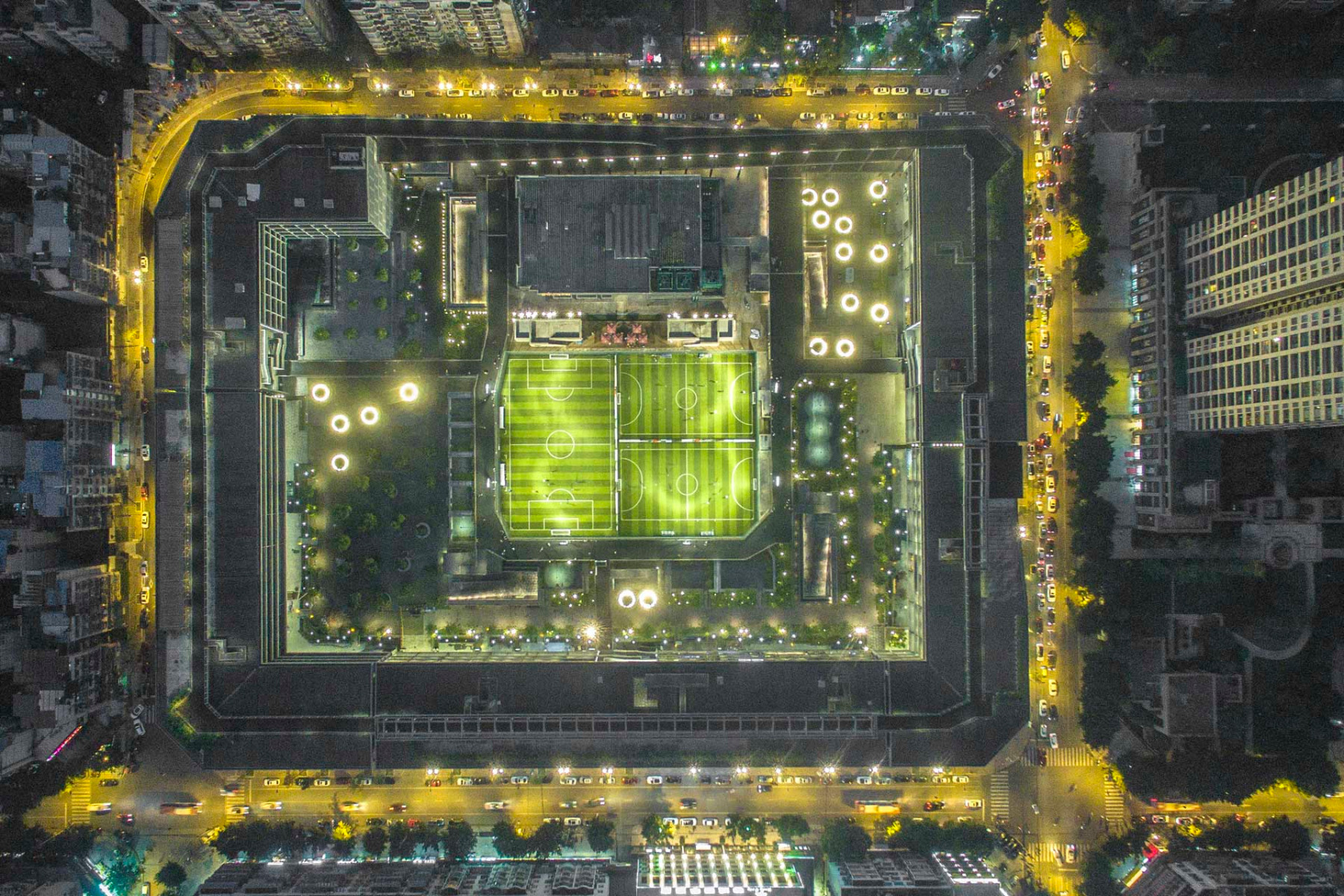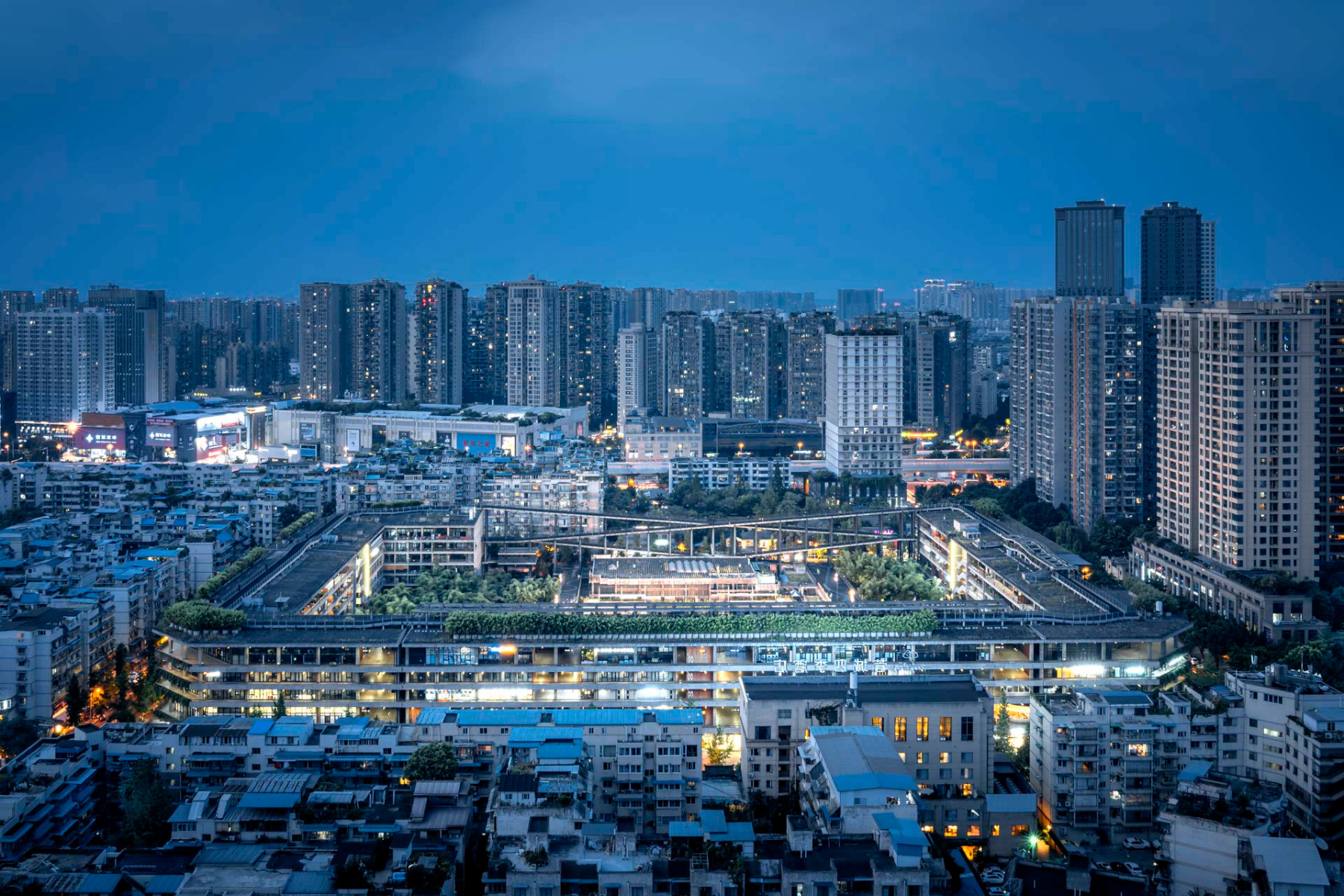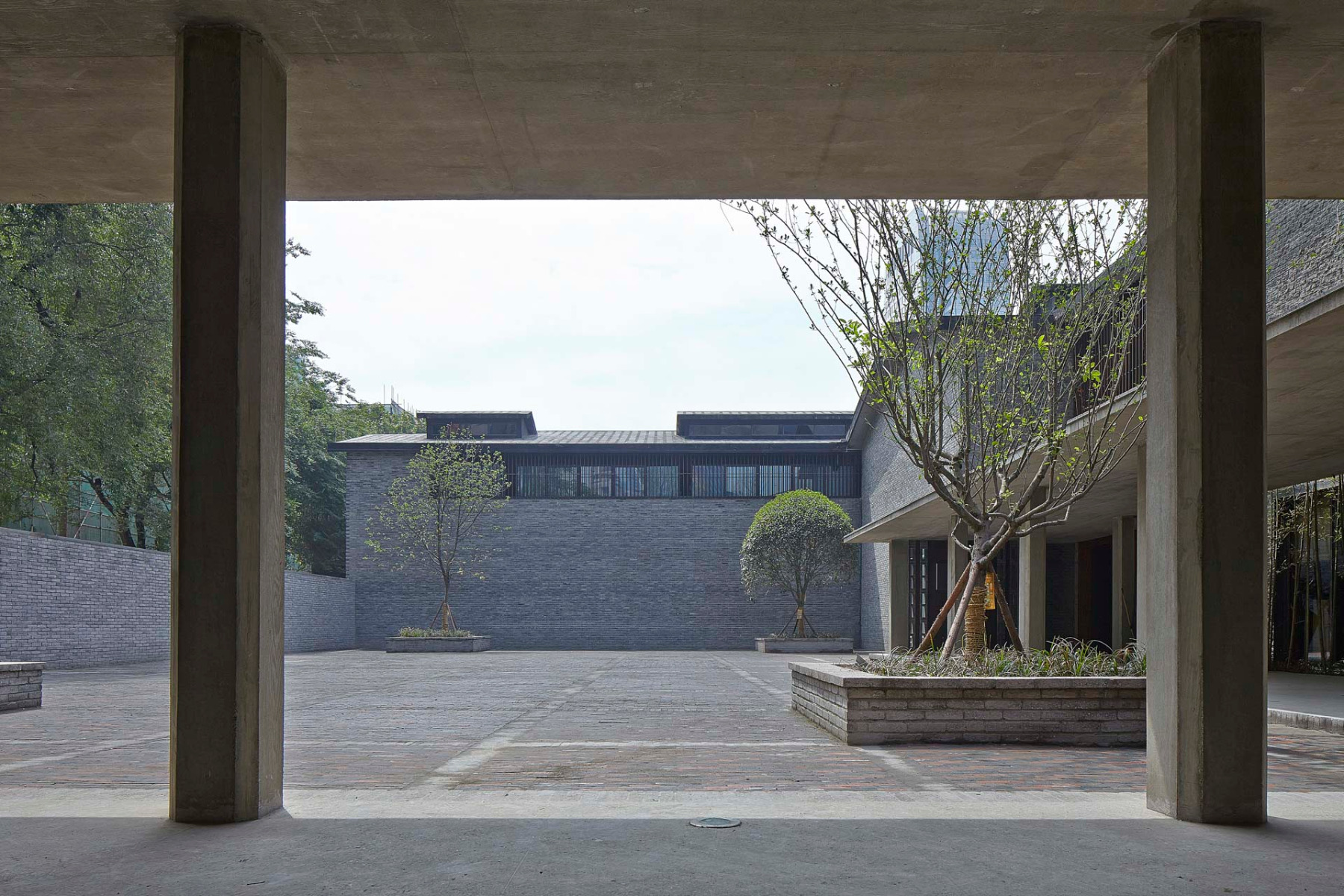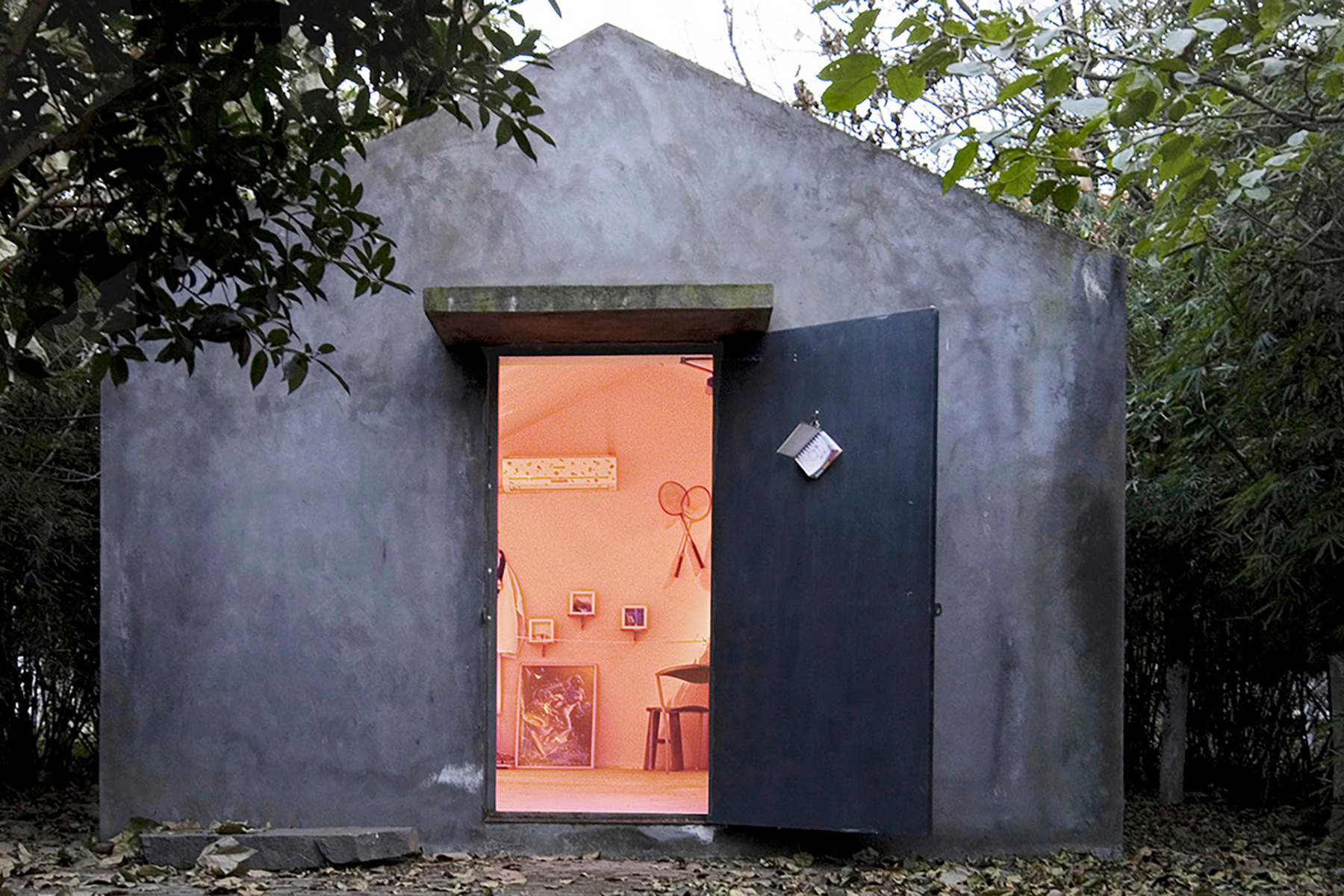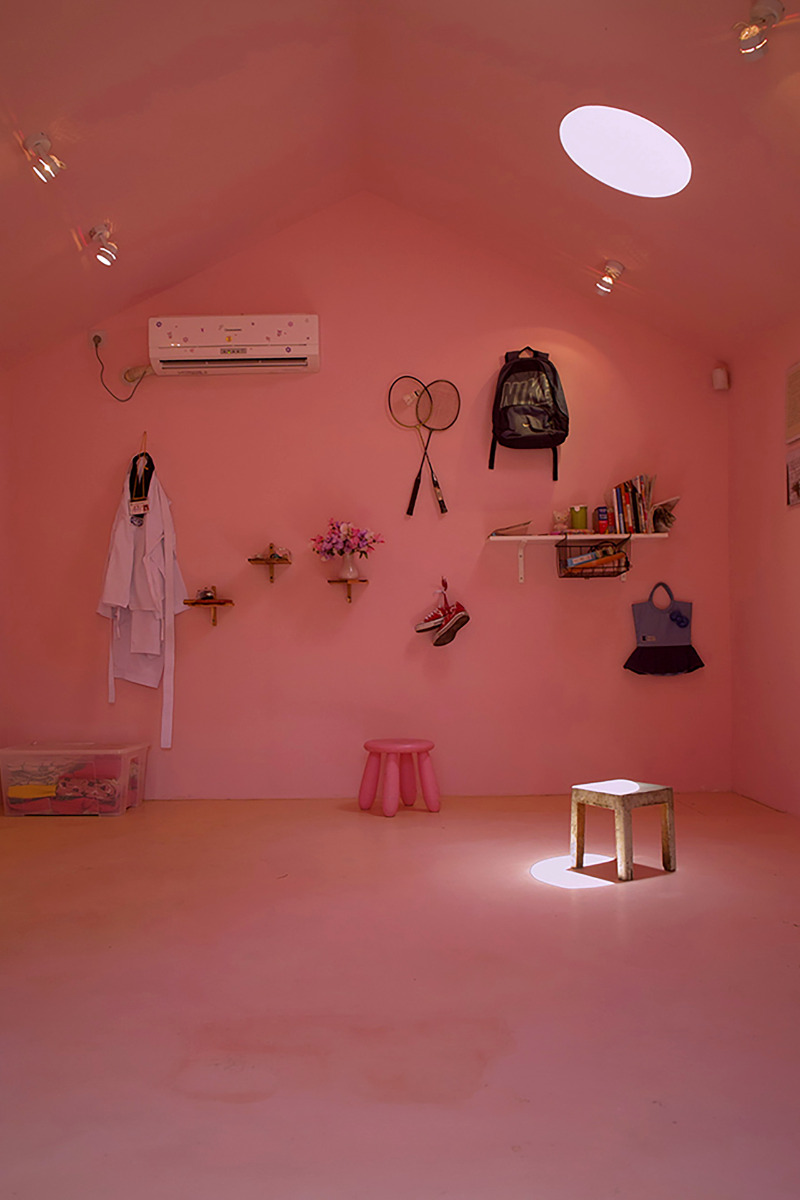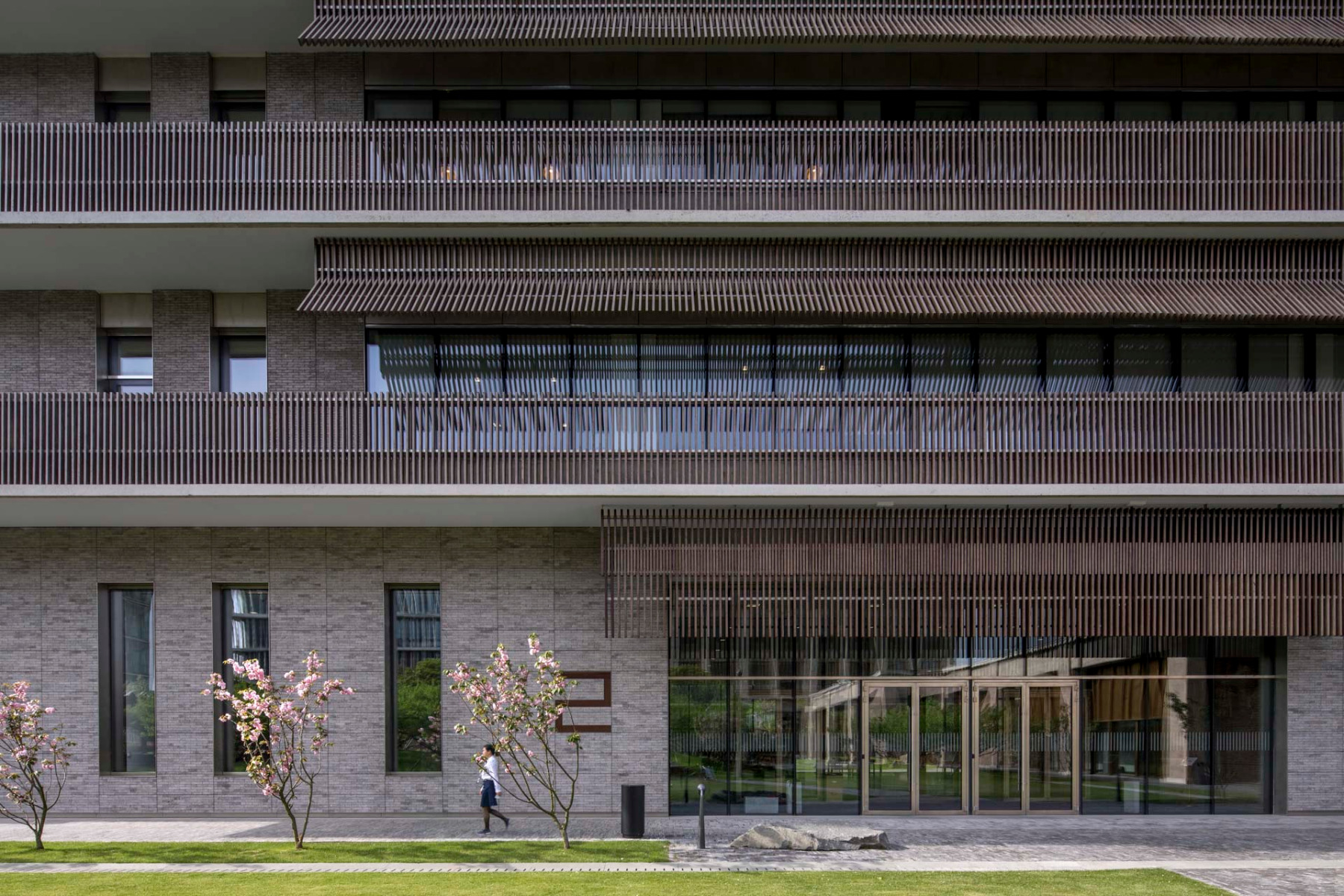Architecture Prize
Pritzker Prize 2025 for Liu Jiakun

Liu Jiakun, ©︎ photo courtesy of The Hyatt Foundation/The Pritzker Architecture Prize
Liu Jiakun receives this year's Pritzker Prize, endowed with 100,000 dollars. A nine-member international jury chaired by Alejandro Aravena honors the Chinese architect from Chengdu with the most prestigious award in the world of architecture, which has been awarded annually by the Hyatt Foundation since 1979. The award recognizes outstanding architects whose work has had a significant impact on the history of architecture and whose innovation, creativity and aesthetic quality are impressive. The award ceremony will take place on May 3 at the Louvre Abu Dhabi, a building designed by Pritzker Prize winner Jean Nouvel.


West Village, ©︎ photo courtesy of Qian Shen Photography
Public spaces
Liu Jiakun is known for combining traditional Chinese architecture with innovation and environmental awareness. In 1999, he founded his own architecture firm in Chengdu, which now has around 20 employees and specializes in creating and reinventing public spaces in densely built-up urban areas. In doing so, he establishes a positive relationship between density and open space and renews the role of public space in order to meet the diverse demands of society. “Architecture should reveal something – it should abstract, distill and make visible the inherent qualities of local people,“ expresses Liu.
The West Village, a commercial and cultural complex in Chengdu (2015), by Jiakun Architects is a five-storey plaza structure that spans an entire block with stairs, ramps and open spaces. An open yet enclosed area with sloping paths for cyclists and pedestrians encloses its own vibrant city with cultural, sports, leisure, office and commercial activities, while the public has a view of the surrounding natural and built environment.


West Village in Chengdu (2015), ©︎ photo courtesy of Chen Chen
Traditional crafts
The 69-year-old founder of Jiakun Architects is the 54th winner of the Pritzker Architecture Prize and lives and works in his hometown of Chengdu, Sichuan. He favors traditional craftsmanship and often uses local materials that support the economy and the environment and are built for and by the community. He revives materials – and spirits – by recycling rubble from the 2008 Sichuan earthquake and mixing it with local wheat fibers and cement to create reinforced bricks. The Rebirth Bricks can be found throughout the Novartis building, the Shuijingfang Museum and the West Village, his largest work to date.


Shuijingfang Museum, ©︎ photo courtesy of Arch-Exist
Small memorial with great significance
Liu Jiakun's architecture combines modern design with local tradition – sensitive, powerful and aware of history. The memorial for Hu Huishan, a girl who died in the Sichuan earthquake in 2008, measuring just 9 m2, stands in contrast to the urban structure of the West Village. Designed in the shape of a house and in shades of pink – her favorite color – it not only commemorates Hu Huishan, but also symbolizes the many victims of poor construction quality.


Hu Huishan Memorial, ©︎ photo courtesy of Jiakun Architects
After Wang Shu in 2012, Liu Jiakun is the second Chinese to receive the Nobel Prize in Architecture. The laureate lecture and panel discussion will take place in Abu Dhabi on May 3, 2025.
The award ceremony will be viewable via livestream.
XXX: X
YYY: Y
ZZZ: Z
AAA: A



